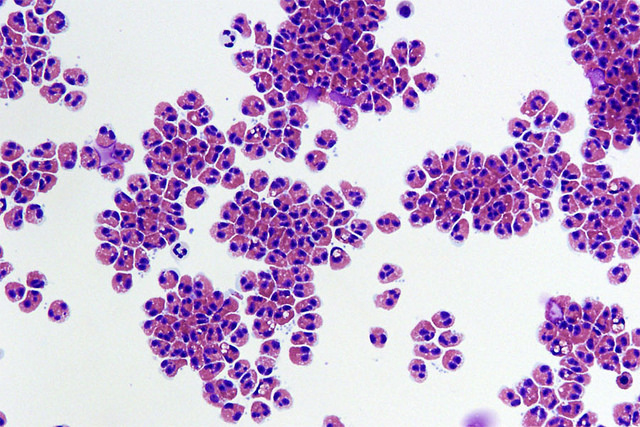Current fibrinolytic therapies fail to achieve optimum reperfusion in many patients. Low-molecular-weight heparins and platelet glycoprotein IIb/IIIa inhibitors have shown the potential to improve pharmacological reperfusion therapy. We did a randomized, open-label trial to compare the efficacy and safety of tenecteplase plus enoxaparin or abciximab, with that of tencteplase plus weight-adjusted unfractionated heparin in patients with acute myocardial infarction.
Current fibrinolytic therapies fail to achieve optimum reperfusion in many patients. Low-molecular-weight heparins and platelet glycoprotein IIb/IIIa inhibitors have shown the potential to improve pharmacological reperfusion therapy. We did a randomized, open-label trial to compare the efficacy and safety of tenecteplase plus enoxaparin or abciximab, with that of tencteplase plus weight-adjusted unfractionated heparin in patients with acute myocardial infarction.6095 patients with acute myocardial infarction of less than 6 h were randomly assigned one of three regimens: full-dose tenecteplase and enoxaparin for a maximum of 7 days (enoxaparin group; n = 2040), half-dose tenecteplase with weight-adjusted low-dose unfractionated heparin and a 12-h infusion of abciximab (abciximab group; n = 2017), or full-dose tenecteplase with weight-adjusted unfractionated heparin for 48 h (unfractionated heparin group; n = 2038). The primary endpoints were the composites of 30-day mortality, in-hospital reinfarction, or in-hospital refractory ischaemia (efficacy endpoint), and the above endpoint plus in-hospital intracranial haemorrhage or in-hospital major bleeding complications (efficacy plus safety endpoint). Analysis was by intention to treat.There were significantly fewer efficacy endpoints in the enoxaparin and abciximab groups than in the unfractionated heparin group: 233/2037 (11.4 %) vs 315/2038 (15.4 %; relative risk 0.74 [95% CI 0.63 – 0.87], p = 0.0002) for enoxaparin, and 223/2017 (11.1 %) vs 315/2038 (15.4 %; 0.72 [0.61 – 0.84], p < 0.0001) for abciximab. The same was true for the efficacy plus safety endpoint: 280/2037 (13.7 %) vs 347/2036 (17.0 %; 0.81 [0.70 - 0.93], p = 0.0037) for enoxaparin, and 287/2016 (14.2 %) vs 347/2036 (17.0 %; 0.84 [0.72 - 0.96], p = 0.01416) for abciximab.The tenecteplase plus enoxaparin or abciximab regimens studied here reduce the frequency of ischaemic complications of an acute myocardial infarction. In light of its ease of administration, tenecteplase plus enoxaparin seems to be an attractive alternative reperfusion regimen that warrants further study. (Source: European Society of Cardiology: Acute Coronary Syndromes Trials)
All content and media on the HealthEngine Blog is created and published online for informational purposes only. It is not intended to be a substitute for professional medical advice and should not be relied on as health or personal advice. Always seek the guidance of your doctor or other qualified health professional with any questions you may have regarding your health or a medical condition. Never disregard the advice of a medical professional, or delay in seeking it because of something you have read on this Website. If you think you may have a medical emergency, call your doctor, go to the nearest hospital emergency department, or call the emergency services immediately.







